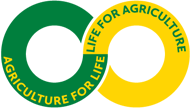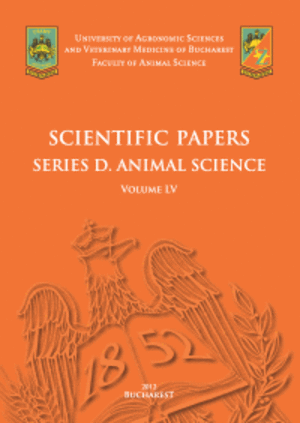Published in Scientific Papers. Series A. Agronomy, Vol. LXVIII, Issue 1
Written by Ilinca Merima IMBREA, Rodica BEICU, Sorina POPESCU, Georgeta POP, Alina NEACȘU, Anca HULEA, Mariana HANCZIG, Mihai HERBEI
The wild species of the genus Thymus reveal a great taxonomic diversity, indicating a natural evolution that has allowed the adaptation to different habitats and has created the premises of a divergent evolution based on a great genetic variability. The study aims at quantitative morphological characterization by quantifying the associative relationships between the morphological parameters studied, for thirteen thyme populations growing wild in western Romania. Five morphological parameters were used to evaluate the quantitative morphological characters to establish the degree of phenotypic similarity between the studied populations. Depending on the phenotypic similarity, the populations were hierarchically classified into three main clusters using the UPGMA multiparametric cluster analysis. Concerning the analysis of variance for the morphological traits studied in the thyme populations, high and significant values of variance were recorded in the case of leaf length which shows a high capacity for differentiation between the three groups. The lowest diversity between populations of different clusters was observed for leaf width. The overall results revealed high intraspecific and interspecific variability in wild populations of thyme and provided significant information for plant breeding.
[Read full article] [Citation]




